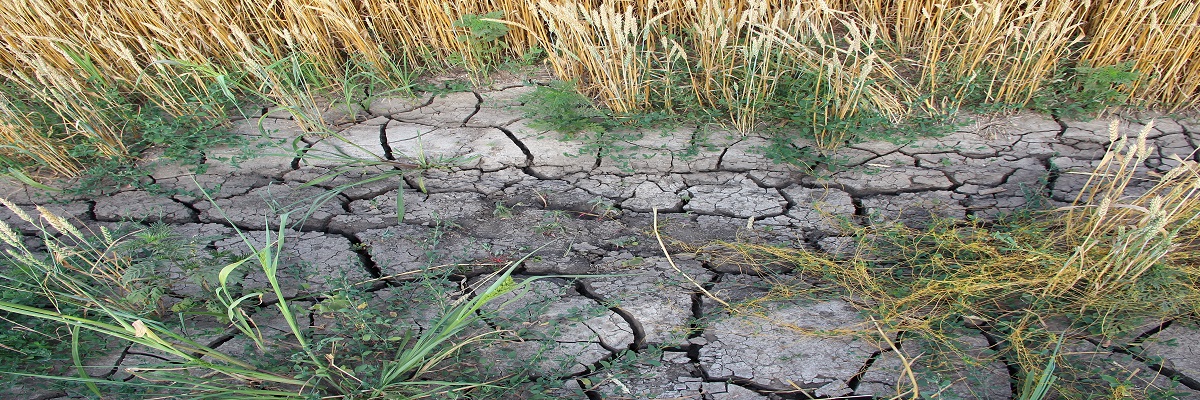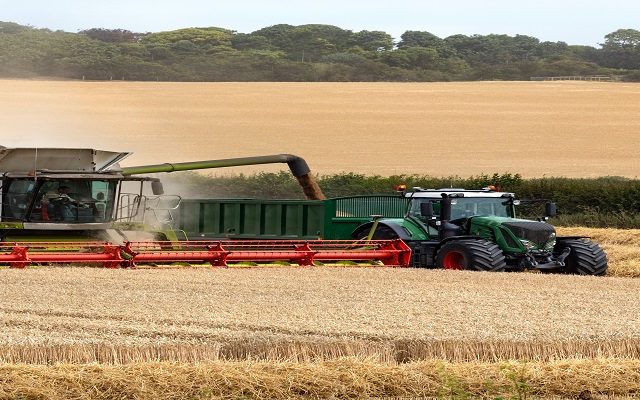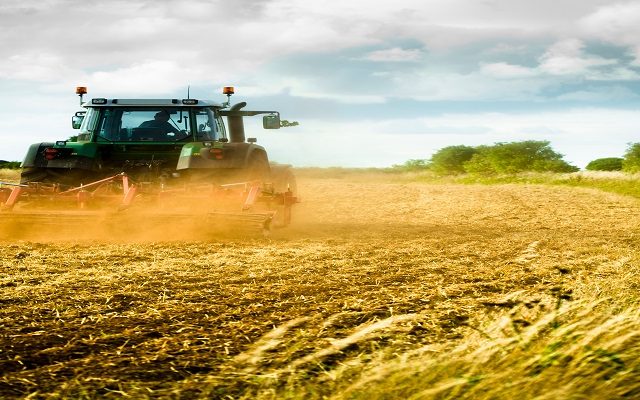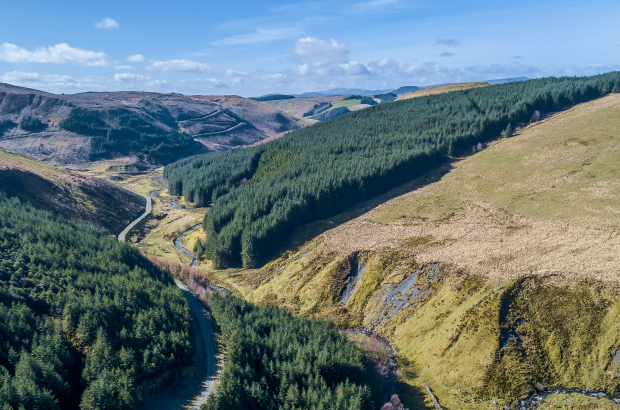Water availability – the challenges and solutions facing farmers
Water availability is rapidly becoming one of the most critical challenges facing UK farmers and landowners.
Climate change is already presenting major difficulties for the agricultural industry. The winter of 2023/24 was among the wettest on record, making crop establishment impossible for many. In stark contrast, spring 2025 was the driest for 50 years and the warmest since records began in 1884, according to the Met Office. In some areas of the country, the situation has been even more acute – Yorkshire and the north-west of England have already entered drought status.
According to the Environment Agency, the UK is approaching a time when demand for water will dramatically outstrip supply. Without urgent action, England’s public water supply could face a daily shortfall of 5 billion litres a day by 2055 – enough to fill up Wembley Stadium almost 4.5 times every day.
That projected deficit does not even take into account the water that is needed by other essential sectors, including the farming industry. The EA estimates a further one billion litres a day will be needed for food production, energy production and to power emerging technologies, such as AI data centres.
The EA’s latest National Framework for Water Resources – published every five years – suggests that 60% of the national shortfall can be addressed by water companies managing demand and dramatically reducing leaks. The remaining 40% must come from boosting supply, including the building of new reservoirs and water transfer schemes.
But what does this mean in practice for the farming industry?
The big concern is that without implementing changes farmers will struggle to access the water volumes needed to meet even their current irrigation demands. As droughts become more frequent, irrigation is also likely to become essential in areas where historically it has not been needed.
Part of the EA’s strategy for ‘managing demand’ will be balancing the competing requirements of different water users and the choices they face will not be easy. Using water for domestic food production sounds like it should be a top priority, but public health, energy production and protecting the environment are just as critical.
The Environment Agency is in the process of reviewing farmers’ abstraction licences, with some licence holders having already been notified of potential reductions. As a result, the farming sector is being challenged to do more to manage demand and to embrace collaborative approaches to improve water efficiency.
One such opportunity is the formation – if farmers have not done so already – of Water Abstractor Groups (WAGs) to identify ways to improve water resources planning. This might involve small groups of farmers collectively working together to share water rights and then collectively develop new infrastructure. The EA points out larger WAGs have a stronger voice, so they can be part of the water resources planning process at a regional level.
To help abstraction licence holders adapt to potential reductions, the EA is also providing grant funding to investigate practical, local solutions.
It is providing grants to groups of farmers and growers to undertake local resource option (LRO) screening studies to identify, screen and rank options which could potentially improve water supply resilience.
In 2024/25, there were 20 of these studies carried out involving more than 100 farms. While some of the solutions are more immediately feasible, others face regulatory and financial hurdles which will need to be cleared first.
Key solutions identified include:
- Sharing water rights and licences between farms to improve flexibility. The EA has noted there are significant licensed volumes allocated to farmers, growers and landowners which are not fully utilised. WAGs are being encouraged to actively promote water sharing between members and to facilitate enhanced levels of water rights trading so that the sector is not blocking access to water. Sharing reservoirs and irrigation networks between farms is another suggestion.
- Capturing high-flow (floodwater) during the winter months for on-farm storage facilities and expanding existing irrigation reservoirs
- Increasing rainwater harvesting capacity from rooftops, glasshouses and other surfaces, to capture precipitation that would otherwise be lost and might be contributing to flooding.
- Managed Aquifer Recharge (MAR) which would involve diverting surplus water in wet years into recharge lagoons, which then gradually drain into the natural aquifer, raising groundwater levels and stabilising river flows.
- Recycling treated wastewater from sewage treatment works for irrigation use, rather than discharging it into the sea. This would involve treatment of the water using constructed wetlands and then storage in on-farm reservoirs.
Applications for the next round of LRO funding close at midnight on 20 July 2025. The scheme is competitive and groups which apply must include at least two neighbouring farms.
In previous years, funding has also been available through Defra’s Water Management grant scheme, to help support reservoir construction. The scheme is currently closed for applications, but we are watching closely for its possible reopening.
If you would like to discuss any aspect of this article, including the availability of grant funding, please contact Henry Clemons or Jason Beedell.






